How to distinguish AC and DC electric four-wheelers
Low-speed electric four-wheelers, three-wheelers and electric trucks on the market today mainly have two drive systems, AC systems and DC permanent magnet systems.
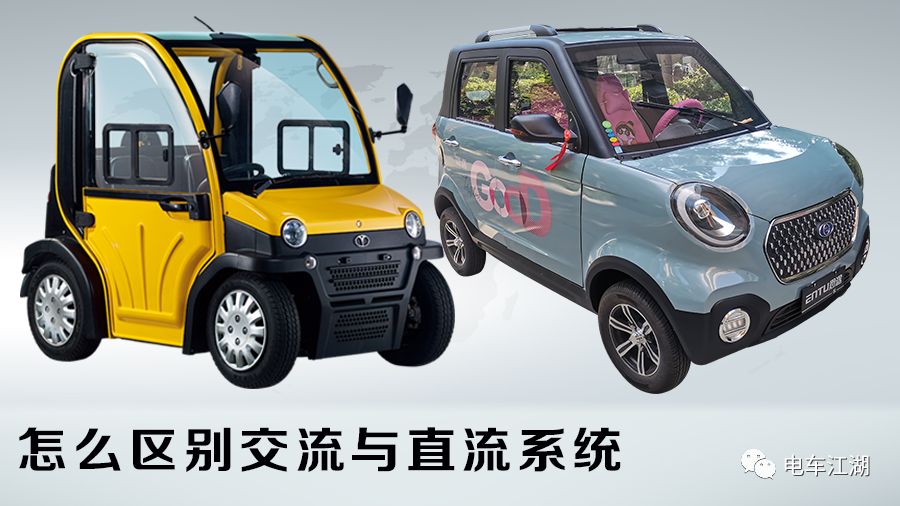
The AC and DC systems of electric four-wheel vehicles have many similarities, such as frequency conversion controllers and brushless motors with three phase wires. Especially for those who are new to the industry, they are really confused about DC AC systems.
In order to improve everyone's clarity of maintenance ideas and to improve the efficiency of our detectors , I would like to give you a brief introduction to the AC and DC drive systems of electric vehicles .
DC permanent magnet system
The so-called DC permanent magnet system is defined by a motor. A DC motor that uses permanent magnets to establish an excitation magnetic field is a permanent magnet motor. Since this kind of motor has no separate excitation system, it is small in size, light in weight, simple in structure and high in efficiency. Most micro DC motors are permanent magnets.
Let’s talk about the power of electric vehicles: three- and four-wheel trucks below two kilowatts, as well as mini four-wheel electric cars that have been launched in the past two years, their controller motor configurations are basically DC permanent magnets, as shown in the figure below.
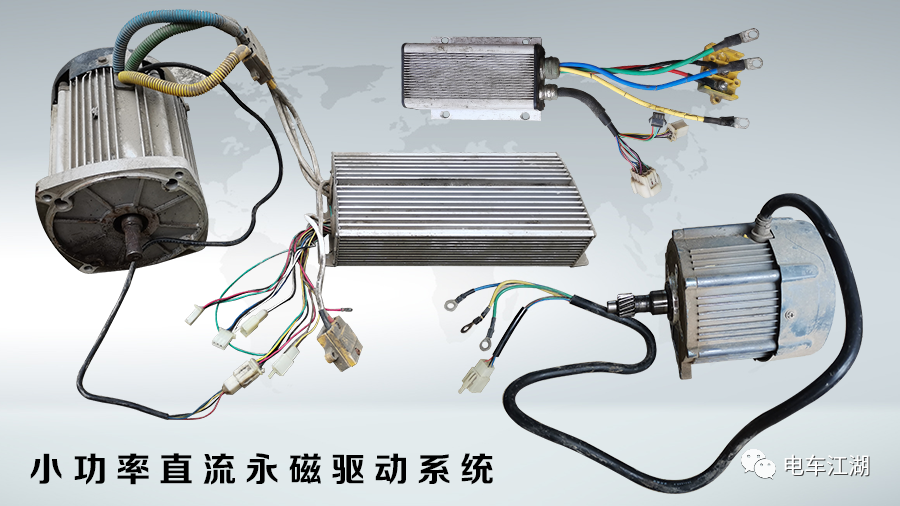
In the range of low-speed vehicles, there are several models with a power of more than 2 kilowatts that use DC permanent magnet systems, such as Dayang, Jongyuan, Today's Sunshine, Micron and other electric four-wheelers. Among them, Dayang has the largest number, and there are several major ones on the market. One hundred thousand cars! Regular models Yujie Jinpeng are also equipped with a small part, and most of the controller and motor brands are Shanghai Anpei and electric drive.
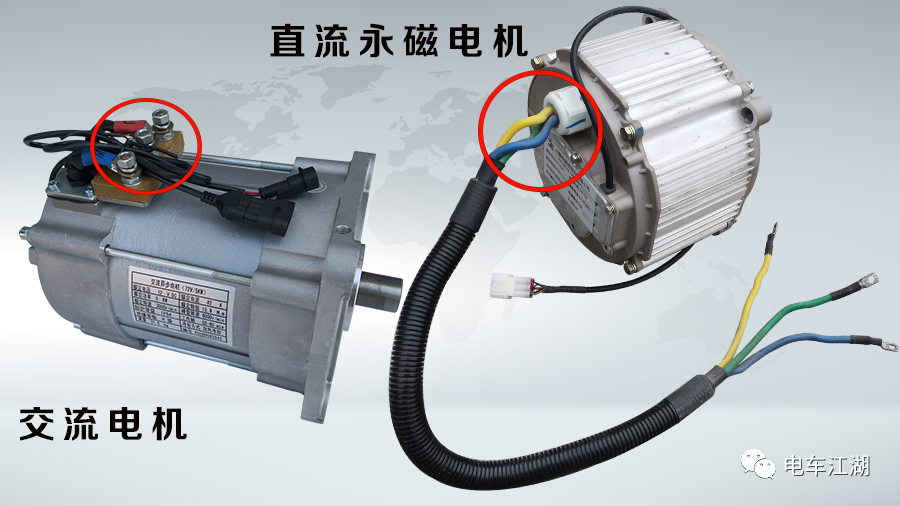
AC drive system
The definition of the so-called AC drive system is based on motors and supplemented by controllers: AC motors are also called induction motors. During work, the controller imitates the frequency of alternating current, converts direct current into high-frequency pulse electricity through frequency conversion, and supplies power to the motor windings. This is the principle of the AC drive system on electric vehicles.
Electric four-wheeled vehicle AC system models have a high market share, with power ranging from 2 kilowatts to 8 kilowatts. Shifeng, Yujie, Baoya, Daojue, Reading, Hantang, Lei Jun, Hongri, Jinpeng and Xin The rising four-wheeled vehicle brands are basically AC drive systems, with a huge market share. It is conservatively estimated that there should be millions of vehicles. Their representative controllers are Inbol and Xinlianda .
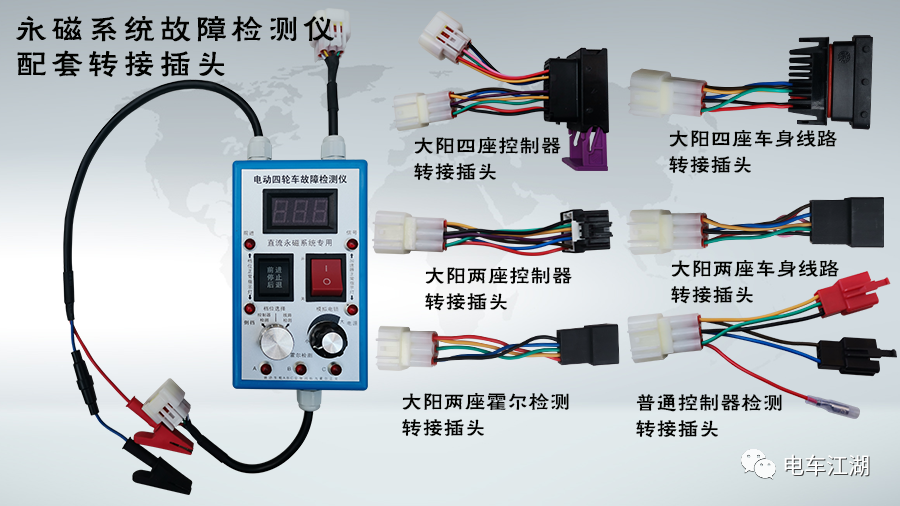
There are also many AC motor manufacturers, such as Hepu, Depuda, Xiupu, Shuntian, Puyixi, etc.
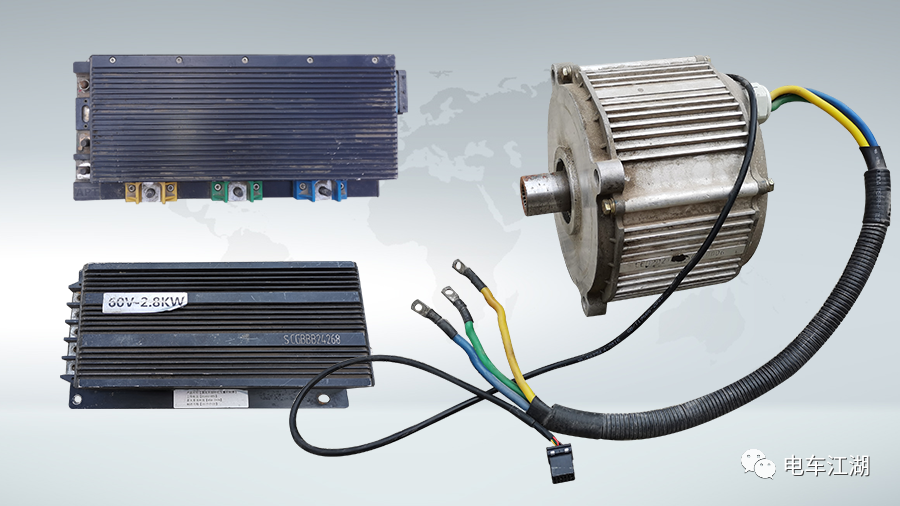
How to distinguish AC system from DC permanent magnet system
AC and DC can be distinguished from the appearance of the controller. DC permanent magnet controllers are generally rectangular and bar-shaped aluminum shells. The controller wiring harness plug-ins are relatively scattered, while most AC controllers are rectangular and the wiring harness plug-ins are very regular. .
The signal transmission tool between the DC permanent magnet controller and the motor is Hall. The Hall plug is generally 6 holes and 5 wires. The AC controller uses an encoder. It is equipped with a 4-hole black encoder that is the iconic AC system. plug.
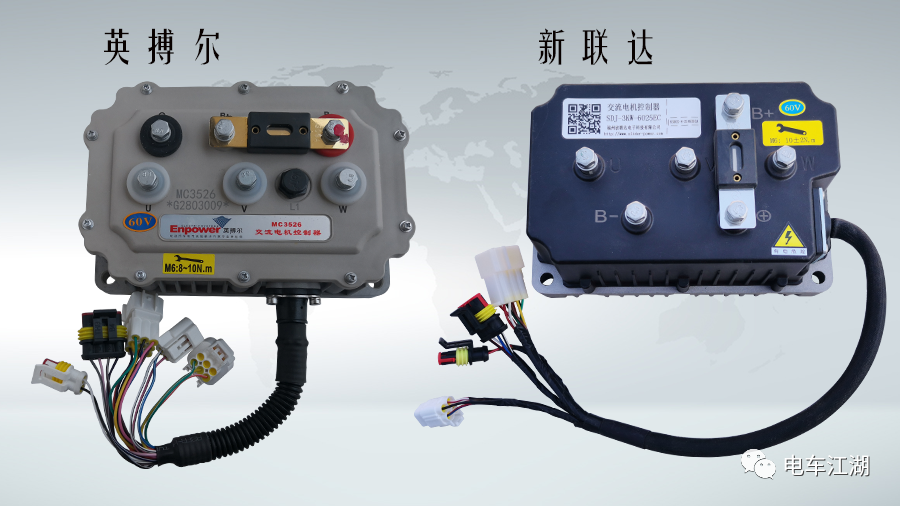
There is also a difference in the accelerator enable line. The accelerator of cars with AC system is basically 12 volts and 4 wires, while the accelerator of cars with DC permanent magnet system is 5 volts and 3 wires.
It is easier to distinguish DC and AC from the appearance of the motor. One is that the AC motor has three binding posts, while the three phase wires of the DC permanent magnet motor come directly from the inside of the motor without binding posts. The second is that the AC motor uses a 4-wire encoder, and the DC motor uses a 5-wire Hall.
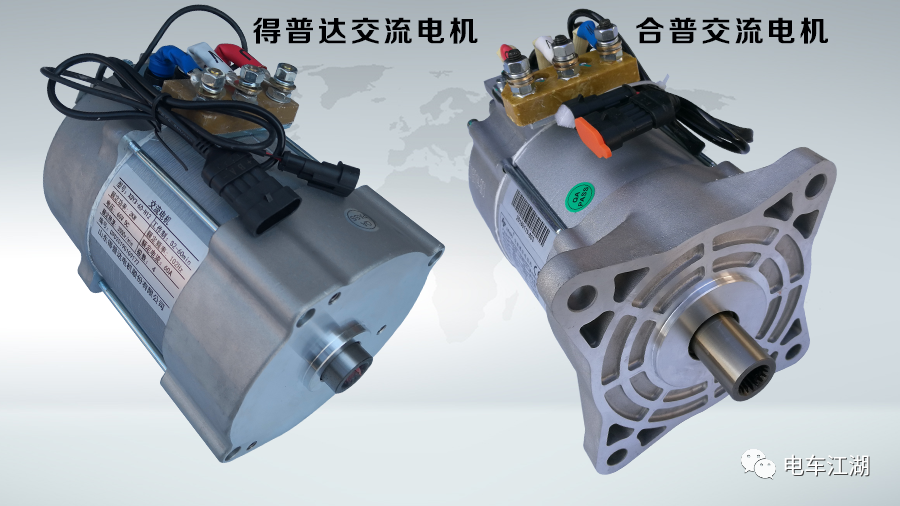
Seeing this, I believe you already understand how to distinguish AC and DC. The origin of this article is to help you distinguish between these two drive systems. The second is to distinguish the functions of our two detectors. Everyone has this concept of DC and AC. , it will be very clear when choosing or using a detector.
The red detector in the picture below is specially designed to detect faults in the AC system of electric four-wheel vehicles.
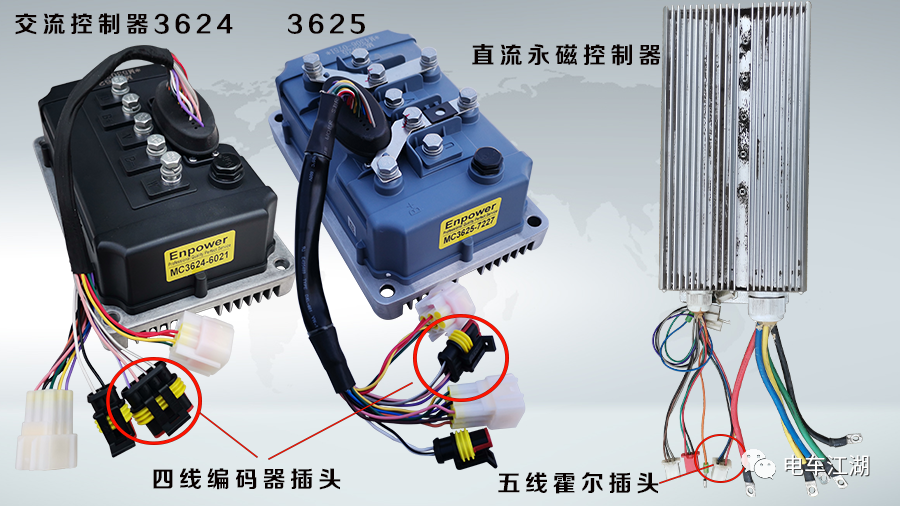
The blue detector in the picture below, we call it "Blue Diamond", is used to detect DC permanent magnet drive faults. It can be used on small four-wheel and three-wheel DC systems such as Dayang, Yongyuan, Today's Sunshine, and Micron.
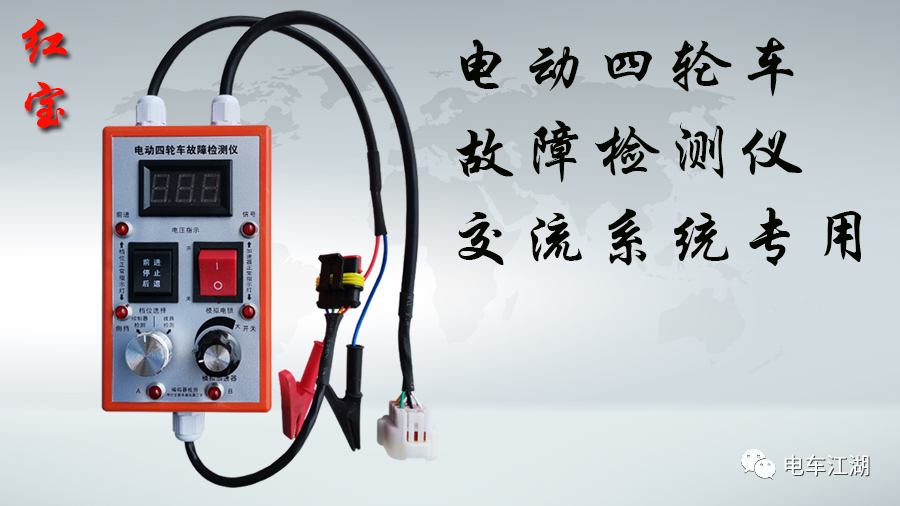
The AC system-specific tester (Hongbao) has been put into use on the market for 5 years, and the results are very good. It has really helped many car repair friends solve the problem of fault diagnosis. This blue DC system fault detector was just made in May this year in response to the needs of car repair friends.
A friend said, wouldn’t it be enough to combine AC and DC into one? Why make two devices? Can these two tools be interoperable?
It is necessary to tell you again that the control methods of AC and DC controllers are different. The gear signal of the AC controller is the vehicle voltage and is positively controlled, while the gear signal of the DC controller is negatively controlled. In addition, the plug-in uniformity of the DC controller is too poor. In order to avoid confusion and improve the professional pertinence of the detection, two detection devices are made. DC and AC must be separated to detect faults.
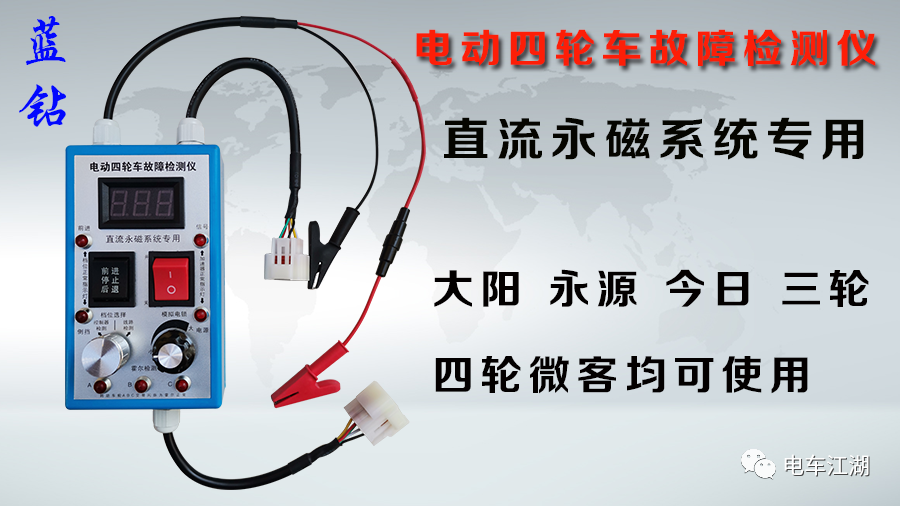
That’s it! If you feel that my description of the DC AC system distinction is not clear enough, or if you are not satisfied with the use effect and experience of the detector, you can leave a message in the comment area, thank you!



























 XINDA
XINDA